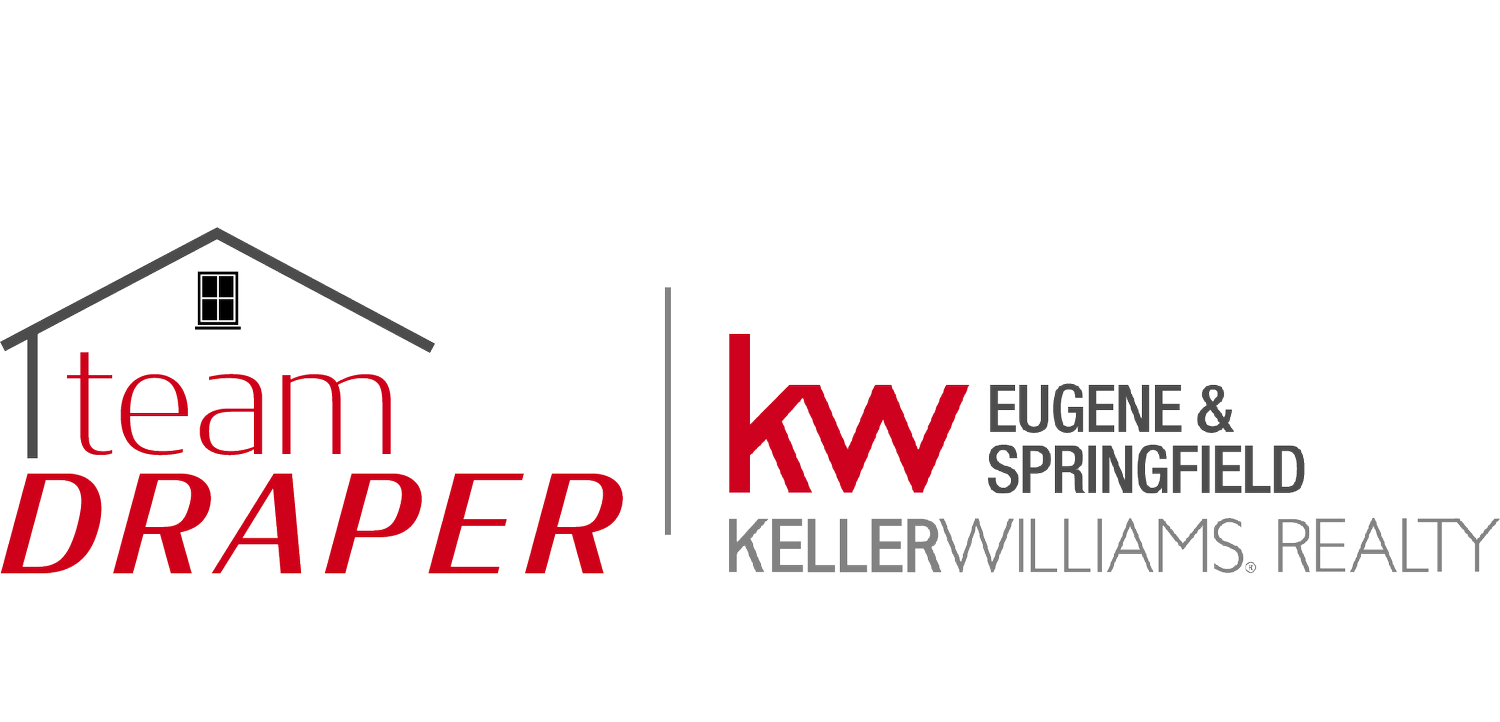What You Should Know About Easements
In its simplest terms, an easement is a legal right to use or cross over somebody else’s property for a specific reason. For example, a property easement might allow city workers the right to build or perform maintenance on a city sewage pipe that runs under your client’s front lawn.
Furthermore, the property homeowner cannot interfere with access to the pipe by building a structure or putting a fence over the easement. Before buying a home, clients need to know if easements affect the potential property or surrounding areas, and the restrictions, if any, homeowners must adhere to. The following information will help your clients be better informed about easements:
Easements are typically categorized as being either affirmative or negative. An affirmative easement entitles the holder to do something on another individual’s land, while a negative easement deprives owners of the right to do something on their property.
Utility easements are perhaps the most popular easements that homebuyers encounter. These allow utility companies to lay storm drains or sewage pipes, as well as telephone or electrical lines.
Find out if your property borders any easements. Easements don’t have to be on your property to cause problems, such as the future building of unsightly utility towers.
Your clients can use a plat map (a diagram detailing boundary or property lines for a particular plot of land) to locate easements on a property tract. Detailed plat maps can be obtained from the property title company or at the county planning office. However, regardless of the property type or location, the most thorough way to detect easements is to hire a surveyor to advise homebuyers.
Finally, easements can sometimes be terminated, but that usually requires the help of a real state attorney.
